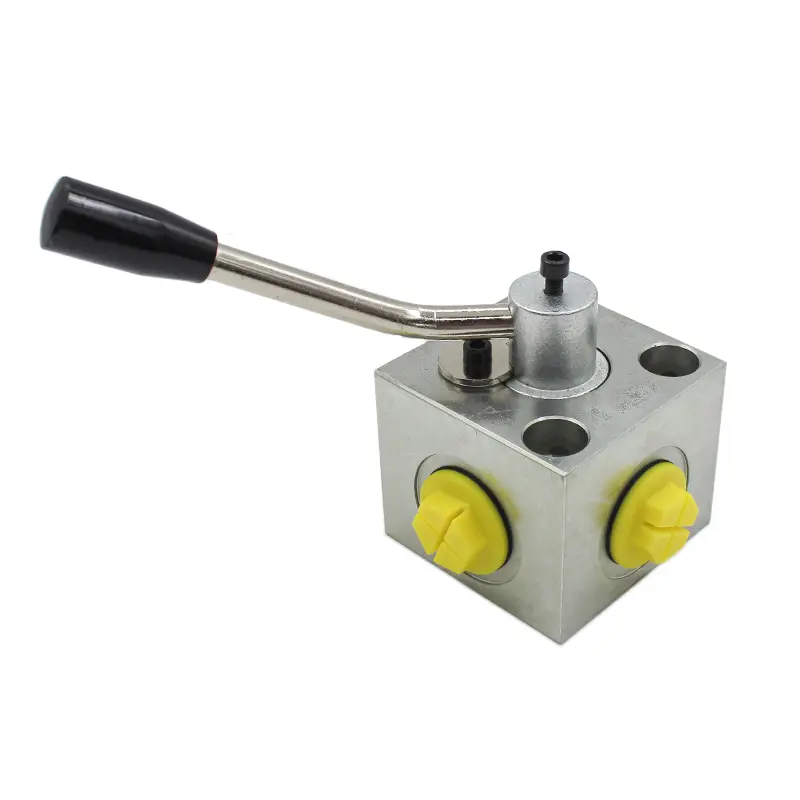
Application of hydraulic directional control valve
2024-03-221.Introduction to hydraulic directional control valve
Definition and function
Controls or regulates the pressure, flow, and direction of fluid flow in hydraulic systems.
Basic structure of hydraulic valve:
It includes the valve core, the valve body and the device (such as spring) that drives the valve core to make relative movement in the valve body.
Working principle of hydraulic valve:
The relative movement of the valve core in the valve body is used to control the opening and closing of the valve port and the size of the valve port to achieve control of pressure, flow and direction.
Importance in hydraulic systems
• Valve structure: It is composed of three parts: the valve body, the valve core and the device that drives the valve core to make relative movement in the valve body;
• Working principle: Use the relative movement of the valve core and the valve body to control the opening and closing of the valve port or the size of the valve port, thereby controlling the pressure, flow direction and flow rate of the liquid;
Liquid flowing through various valves will cause pressure loss and temperature rise. The flow rate through the valve hole is related to the flow area and the pressure difference before and after the valve;
• Functionally, the valve is used to meet the pressure, speed and direction requirements of the actuator.

2.Application of hydraulic directional control valve
Industrial machinery
Hydraulic valves are widely used in various hydraulic components such as cylinders, oil pumps, motors, valves, and steering wheels. For example, hydraulic valves commonly used in construction machinery such as excavators, forklifts, road rollers, and bulldozers include check valves, directional control valves, proportional valves, etc.
• Construction equipment
Hydraulic valves play a vital role in the automotive industry and are mainly used to regulate the engine's hydraulic system, exhaust system, braking system and transmission system. For example, the hydraulic valve in the transmission, the fuel injector in the high-pressure oil pump, etc.
• agricultural machinery
Hydraulic valves also have important applications in the shipbuilding industry, such as controlling switch cabinets, air compressors, oil field equipment, etc.
3.Advantages of using hydraulic directional control valve
(1) Sensitive action, reliable use, small impact and vibration during operation.
(2) When the valve port is fully open, the pressure loss of the oil flowing through is small. When the valve port is closed, the sealing performance is good.
(3) Compact structure, easy to install, adjust, use and maintain, and has great versatility.
4.Maintenance and troubleshooting of hydraulic directional control valve
The reversing valve is one of the important components in the hydraulic system. Its main function is to control the flow direction of the fluid in the hydraulic system. However, due to long-term use and the influence of external factors, reversing valves may suffer from some common failures. This article will introduce common faults of reversing valves and their repair methods.
Oil leakage from the reversing valve:
Oil leakage from the reversing valve is one of the common faults, usually caused by aging or damage to the seals. Repair method: First, check whether the seal is damaged. If damaged, replace the seal. In addition, you also need to check whether the threaded interface is loose. If it is loose, it needs to be retightened.
The reversing valve is clogged:
The reversing valve may become clogged, causing fluid to flow in different directions. The cause of blockage is usually due to contaminants or particles entering the system attaching to the orifice or valve core of the reversing valve. Repair method: First, you need to remove contaminants and particles from the valve core and valve seat. You can use cleaning agents and brushes to clean them. Additionally, filters can be installed to prevent contaminants from entering the system.
The reversing valve cannot be started:
The reversing valve may fail to start during use, usually due to circuit failure or damage to the electromagnet. Repair method: First, you need to check whether the power line is connected normally. If the connection is poor, you need to reconnect it. In addition, the working condition of the electromagnet needs to be checked. If the electromagnet is damaged, it needs to be replaced.




